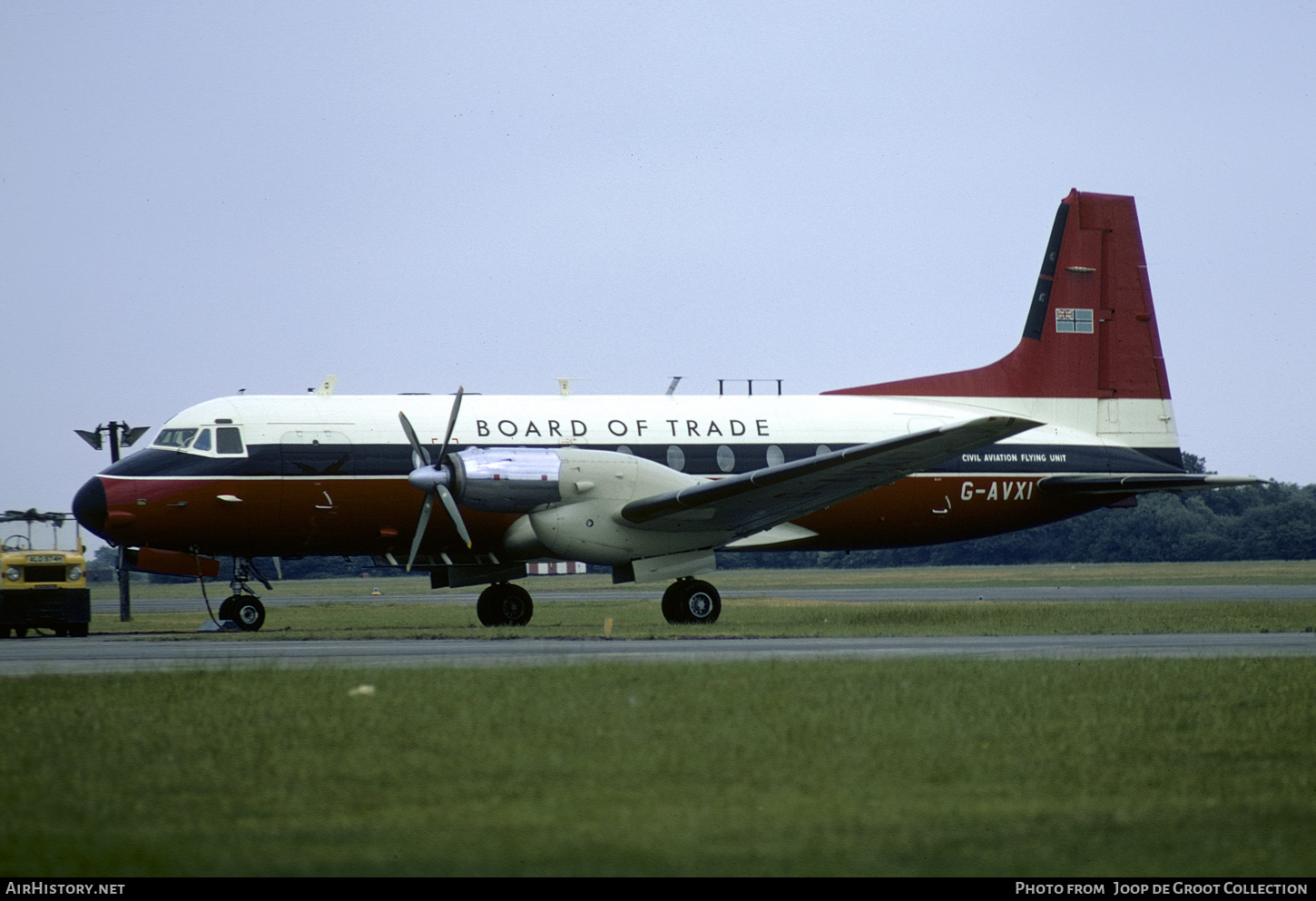In the world of aviation, where size often equates to power and prestige, the Colomban Cri-Cri stands out as a charming contradiction. Dubbed the “smallest twin-engine aircraft in the world,” this pint-sized plane has captivated pilots, engineers, and aviation enthusiasts since its debut in the 1970s. Its story is one of innovation, daring design, and a passion for pushing the boundaries of what’s possible in flight. Let’s dive into the fascinating history of this iconic micro aircraft.
Origins: The Vision of Michel ColombanThe Cri-Cri’s story begins with French aeronautical engineer Michel Colomban, a man driven by a desire to democratize aviation. In the early 1970s, Colomban noticed a gap in the market: there were no affordable, lightweight twin-engine planes suitable for amateur builders. Most small aircraft of the era were single-engine designs, but Colomban believed a twin-engine configuration could offer redundancy and safety while remaining compact.
Inspired by the idea of creating a plane that could be built in a garage, he set out to design an aircraft that was simple, lightweight, and cost-effective. The result was the MC-10 Cri-Cri (named after Colomban’s daughter’s nickname, “Cri-Cri”). Unveiled in 1973, the aircraft immediately turned heads with its diminutive size and unconventional twin-engine setup.
Design Philosophy: Small But MightyThe Cri-Cri’s design was revolutionary for its time. Colomban prioritized weight reduction without compromising structural integrity. The aircraft’s frame was constructed from lightweight materials like aluminum and composite fabrics, resulting in an empty weight of just 78 kg (172 lbs). Despite its size, the Cri-Cri was no toy—it was designed to meet strict aviation safety standards.
What truly set the Cri-Cri apart was its twin-engine configuration. Colomban equipped the plane with two JPX PUL 212 engines, each producing a modest 9 horsepower. While this may seem underpowered, the engines’ placement on either side of the fuselage provided balanced thrust, enhancing stability and control. The Cri-Cri’s wingspan stretched just 4.9 meters (16 feet), and its overall length was a mere 3.9 meters (12.8 feet)—small enough to fit in a standard trailer.
First Flight and Public ReceptionThe Cri-Cri took to the skies for the first time on July 19, 1973, piloted by Robert Buisson, a close collaborator of Colomban. The flight was a success, showcasing the aircraft’s agility and surprising speed—it could reach up to 220 km/h (137 mph). Aviation magazines and enthusiasts quickly dubbed it the “flying matchbox,” a nod to its compact size and spirited performance.
The Cri-Cri’s debut at the 1973 Paris Air Show cemented its status as a marvel of engineering. Crowds marveled at its ability to perform aerobatic maneuvers, including loops and rolls, despite its tiny stature. For amateur builders, the Cri-Cri became a symbol of accessibility; Colomban published plans for home construction, allowing aviation enthusiasts to build their own micro aircraft for a fraction of the cost of a factory-built plane.
Technical Innovations and ChallengesBuilding the Cri-Cri wasn’t without hurdles. Critics questioned the safety of such a small twin-engine plane, arguing that engine failure in one motor could destabilize the aircraft. Colomban addressed these concerns by designing the Cri-Cri to remain flyable on a single engine, albeit with reduced performance. Pilots also noted that the plane’s lightweight frame made it sensitive to turbulence, requiring skillful handling.
Over the years, the Cri-Cri evolved. Builders experimented with different engines, including more powerful 15-hp units, and even electric motors. In 2010, an electric-powered Cri-Cri, dubbed the E-Cri-Cri, made headlines by completing a 30-minute flight powered entirely by lithium-ion batteries. This innovation highlighted the aircraft’s adaptability and enduring relevance in the age of sustainable aviation.
Legacy: A Cult Classic in AviationToday, the Colomban Cri-Cri holds a unique place in aviation history. Approximately 150 kits have been built worldwide, with enthusiasts praising its simplicity, affordability, and sheer fun factor. It has appeared in airshows, documentaries, and even the Guinness World Records as the smallest twin-engine manned aircraft.
For pilots, flying the Cri-Cri is a bucket-list experience. Its open cockpit, minimalist controls, and nimble handling offer a pure, unfiltered connection to the skies—a stark contrast to modern, computerized aircraft. As one owner put it, “Flying the Cri-Cri feels like strapping wings to your back. It’s aviation in its simplest, most joyful form.”
Conclusion: The Cri-Cri’s Enduring AppealThe Colomban Cri-Cri is more than just a curiosity; it’s a testament to the ingenuity of its creator and the spirit of grassroots aviation. Michel Colomban’s vision of an affordable, homebuilt twin-engine plane not only succeeded but inspired generations of aviators to dream big—even when building small.
Whether you’re an amateur pilot, an engineering enthusiast, or simply someone who loves underdog stories, the Cri-Cri’s legacy reminds us that innovation often thrives in the most unexpected packages. As aviation continues to evolve, this tiny twin-engine marvel will forever hold its place as a pioneer of micro-flight.






